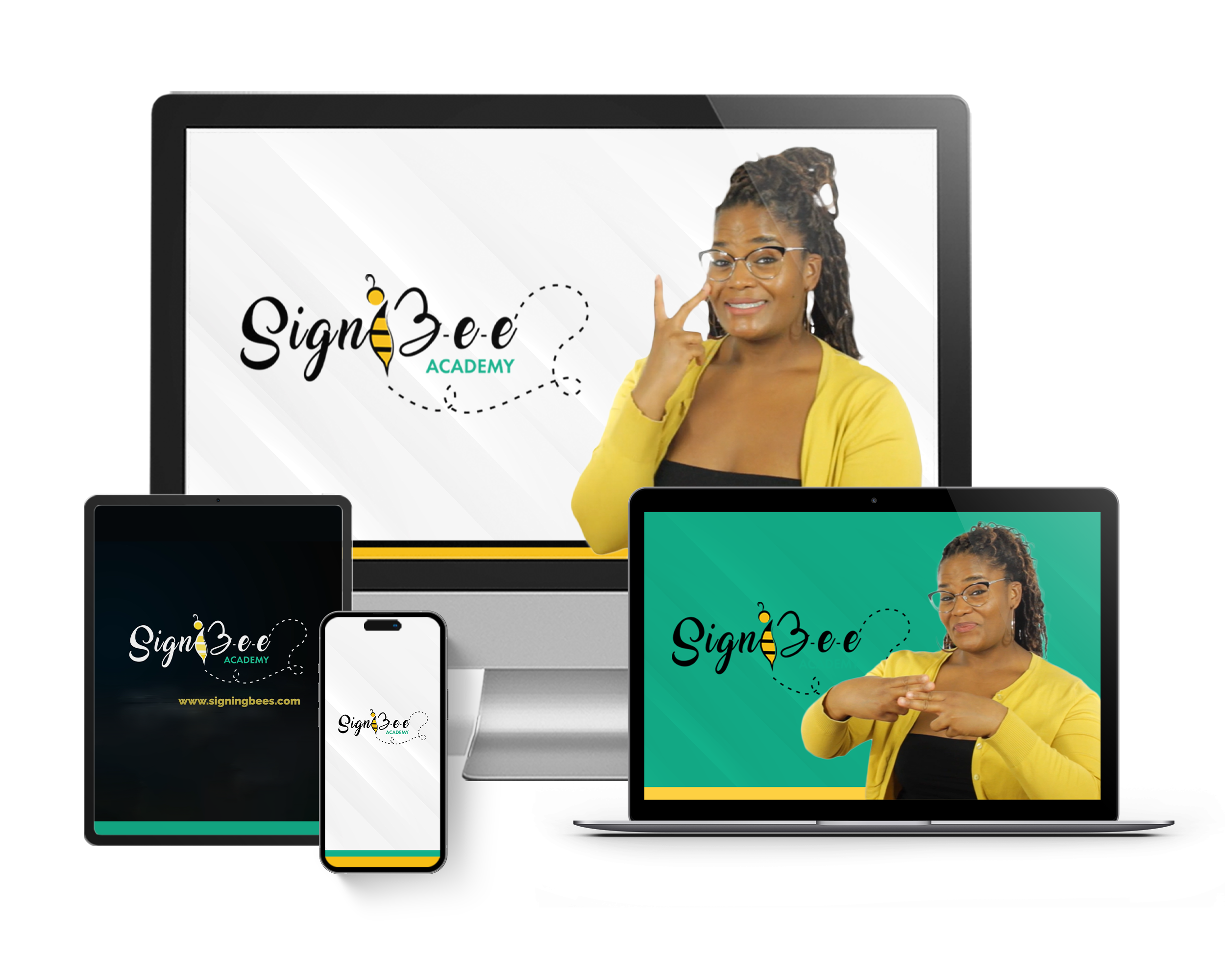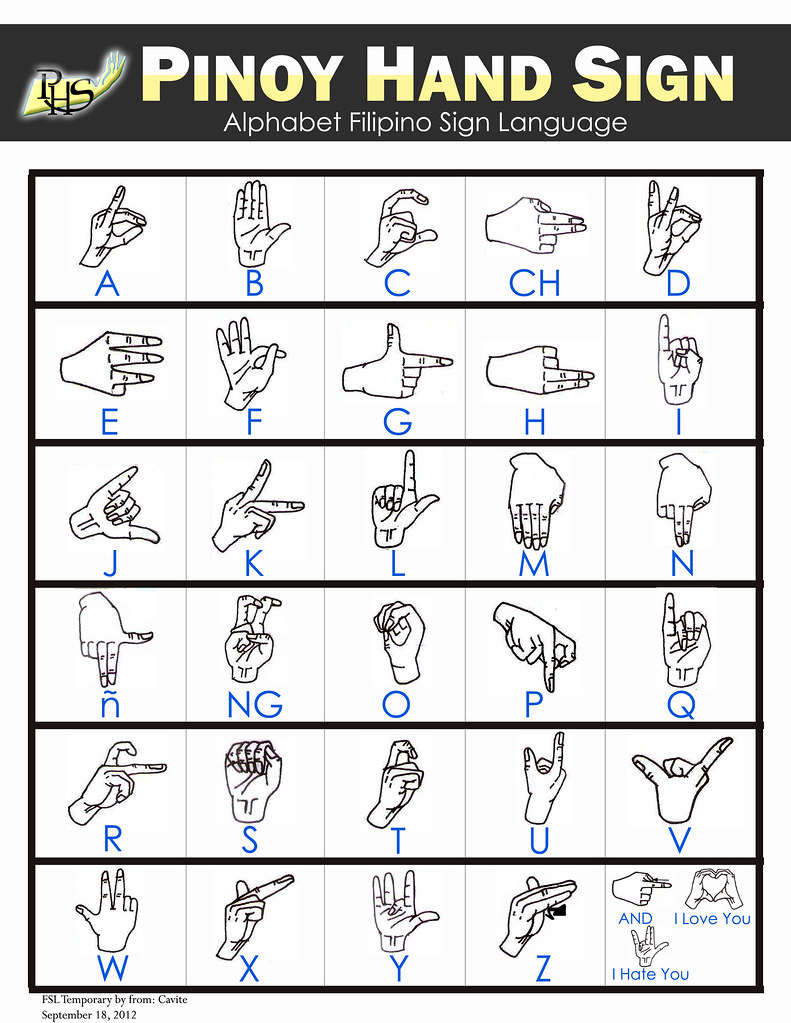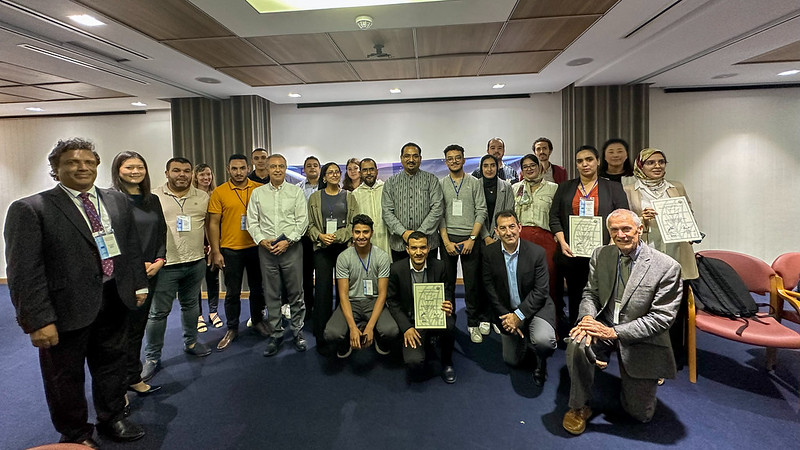Music has always been associated with auditory sensations, where melodies and harmonies are conveyed through the ears. However, music is a universal language that transcends sensory boundaries. In recent years, there has been a growing recognition of the role American Sign Language (ASL) plays in music performance and education, mainly through the contributions of deaf musicians. This article will explore the unique and innovative ways ASL has become an integral part of the musical landscape, amplifying the voices and experiences of deaf musicians.
Breaking Barriers: Deaf Musicians in a Hearing World
Deaf musicians face distinct challenges when navigating the predominantly auditory world of music. However, their passion and dedication to their art have led to groundbreaking innovations that inspire hearing and deaf communities. By relying on their heightened visual senses, deaf musicians have created a bridge between ASL and music, allowing them to express themselves in ways that transcend traditional boundaries.
Deaf percussionists, for example, have found a unique medium to showcase their talents. Through the vibrations created by their instruments, they can feel the rhythms and beats, allowing them to create music that resonates not only with the audience but also with themselves. In live performances, they often use ASL to communicate with other band members and to ensure perfect synchronization.
Sign Language as a Musical Language
American Sign Language is not just a communication tool; it is also a visual and expressive language in its own right. Deaf musicians have harnessed its power to complement the auditory aspects of music. ASL can be seen as a “musical language” in itself, allowing musicians to convey emotions, lyrics, and thematic elements in a unique and captivating way.
For example, deaf singer-songwriters have mastered combining ASL with their vocal performances. They use ASL to translate the lyrics into visually captivating expressions, enhancing the music’s emotional impact. This fusion of ASL and music has broadened the horizons of musical expression and deepened the connection between the artist and their audience.
Education and Advocacy
“Sign Language” by ErnestDuffoo is licensed under CC BY 2.0.
Deaf musicians have made significant strides in performance and have become passionate advocates for the inclusion of ASL in music education. They emphasize the importance of music accessibility for everyone, regardless of their hearing abilities. Instructors can break down barriers and create an inclusive learning environment by incorporating ASL into music education.
Deaf musicians often serve as educators, offering ASL-infused music lessons to deaf and hearing students. These lessons teach students to appreciate music as a multi-sensory experience, fostering an environment where everyone can enjoy and participate in the world of music.
Inclusivity in Music Festivals and Concerts
Music festivals and concerts are platforms that have traditionally catered to hearing audiences. However, recent years have seen a shift toward inclusivity, largely thanks to the efforts of deaf musicians and their advocacy for accessibility. Many music festivals and concert organizers now provide sign language interpreters for the deaf community, ensuring everyone can enjoy the performances.
Incorporating ASL interpreters into music events not only enhances the experience for deaf individuals but also offers hearing audiences a chance to engage with ASL and gain a deeper understanding of musical performance. This inclusivity promotes unity among diverse communities and broadens the appreciation of music.
Musical Innovation
Deaf musicians have contributed to the acceptance of ASL in the music world and have driven musical innovation. They’ve explored and expanded the possibilities of incorporating visual elements into musical compositions, challenging the conventional norms of the industry.
Visual projections, light displays, and choreography are just some of how ASL has influenced the visual aspects of live music. This fusion of sensory experiences allows for more immersive and unforgettable performances.
Deaf Musicians in the Spotlight
Deaf musicians have increasingly gained recognition in mainstream music, dispelling the notion that music is solely an auditory art form. Deaf artists like Mandy Harvey and Sean Forbes have made significant waves in the industry as talented musicians and advocates for deaf culture and ASL.
Mandy Harvey, for example, rose to fame through her remarkable performances on America’s Got Talent. As a deaf singer, she used ASL to enhance her storytelling and emotional expression. Her journey inspired countless individuals and demonstrated that music is a boundless art form transcending auditory limitations.
The Power of Music and ASL
The fusion of music and ASL underscores the universal power of both forms of expression. Music, as a medium that touches the soul, and ASL, a visually captivating language, can create powerful connections and bridge community gaps.
Deaf musicians and their use of ASL in music have challenged preconceived notions about the capabilities of individuals with hearing impairments. They have opened up new possibilities for artistic expression and reinforced that music is for everyone, regardless of their sensory abilities.
Deaf Musicians: Diverse Talents and Styles
Deaf musicians come from diverse backgrounds and bring various musical styles to the stage. Their talents and creativity span across genres from classical to hip-hop, rock to electronic. Deaf artists often face unique challenges in mastering their craft, but they prove that the absence of one sensory perception can amplify others. For instance, deaf classical musicians rely on their heightened sense of touch to feel the vibrations of their instruments, translating into extraordinary performances that captivate audiences.
Conclusion
The synergy between music and American Sign Language has created a harmonious relationship that transcends the boundaries of traditional auditory perception. Deaf musicians have become pioneers in showcasing how ASL can enhance musical expression, making music more inclusive and accessible to all. Their performance, education, and advocacy efforts have paved the way for a more inclusive and diverse music industry. As we move forward, it is essential to continue celebrating the unique contributions of deaf musicians and recognizing the power of ASL as a language that enriches the world of music.
SignBee Academy is an excellent place to start your ASL learning journey; they offer beginner classes to help you gain a solid knowledge of ASL. Start signing with me now.
Thumbnail Photo Credit: “ALPHABET SIGN LANGUAGE drawing” by DEAF_FSL is licensed under CC BY-SA 2.0.





